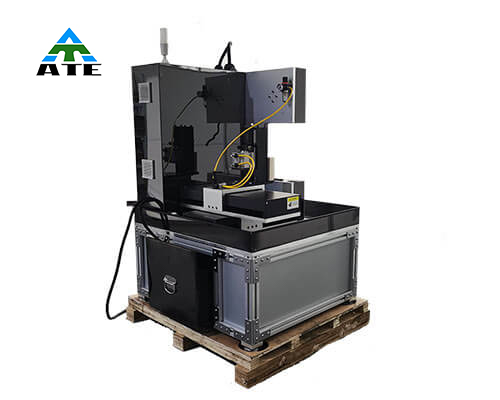Diamond wire cutting usually has the characteristics of precise positioning and smooth and uniform cross-section. It is the most flexible method for sample structure and material analysis in the quality inspection process. The wire diameter of 0.08-0.5mm brings minimal kerf loss. Due to its low heat generation, even temperature-sensitive materials such as rubber products can be cut well. Depending on the sample properties, wet cutting or dry cutting can be selected. The edges of the section are sharp and there is no adhesion. When cutting composite materials, it will not cause mutual contamination between different materials. The maximum cross-section length can reach 375mm. One disadvantage of this method is that the cutting efficiency is relatively low, but this is often not so important in the laboratory.
Due to these characteristics and the simple and safe operation of diamond wire saws, more and more laboratories around the world choose this cutting technology or use it to expand their means of processing samples.



